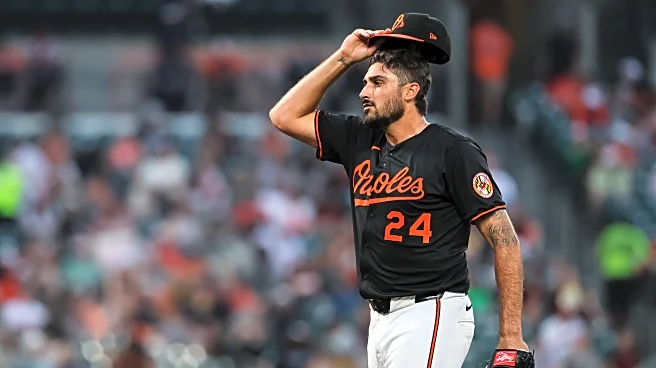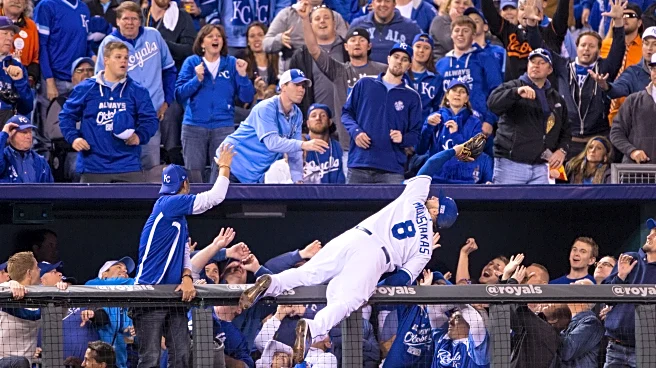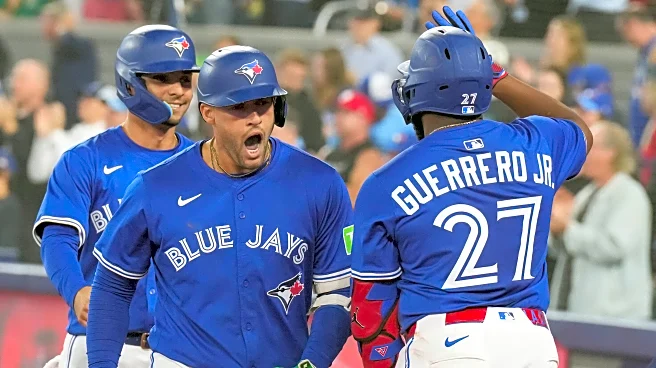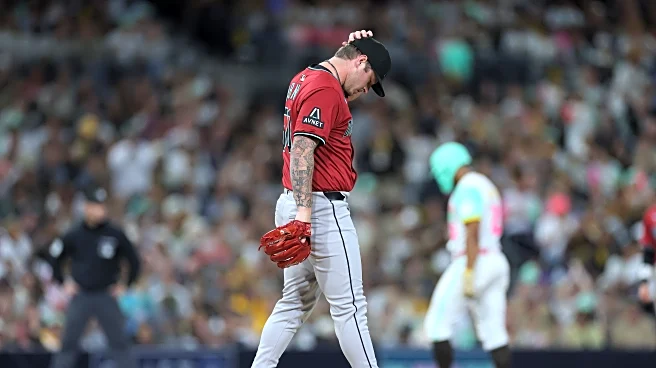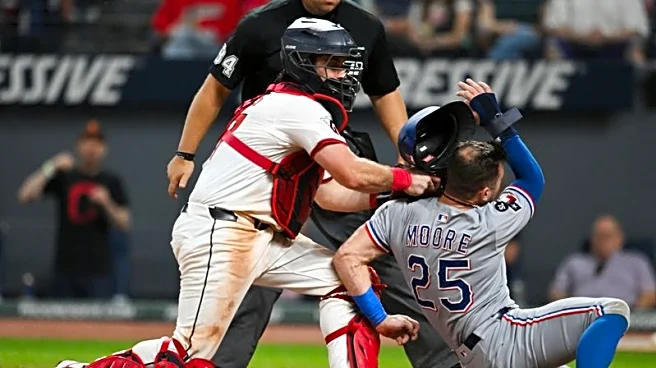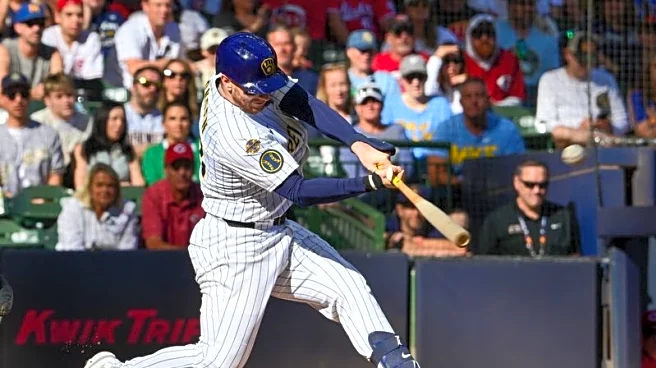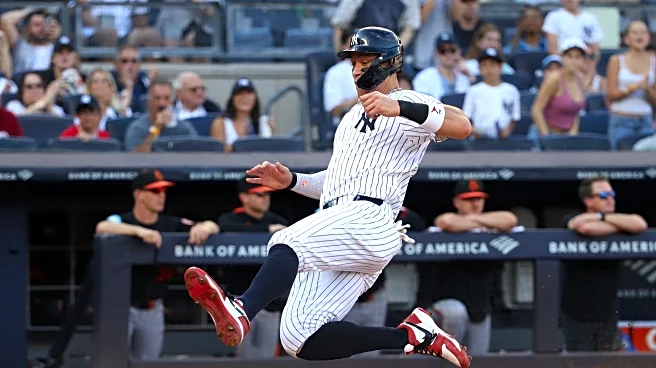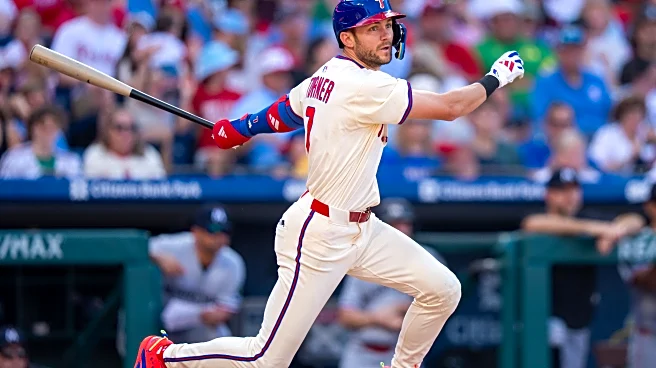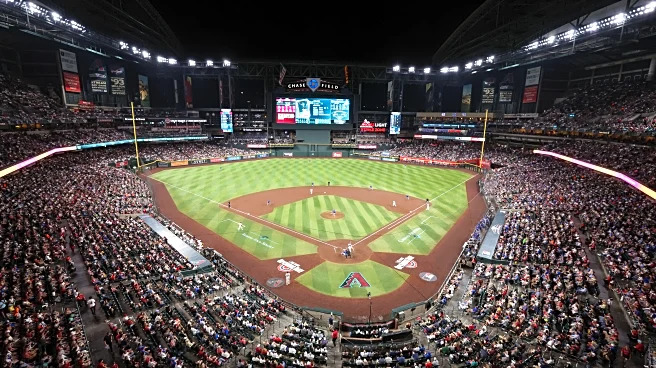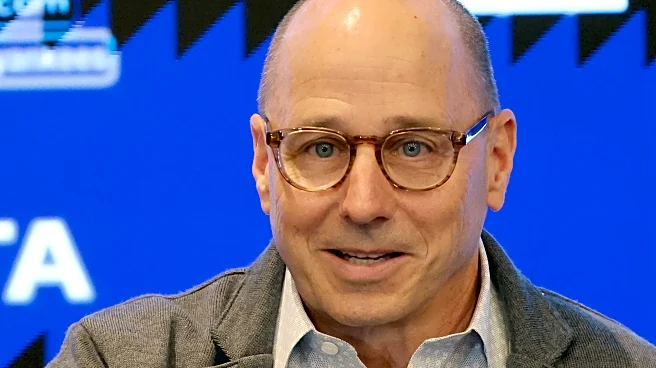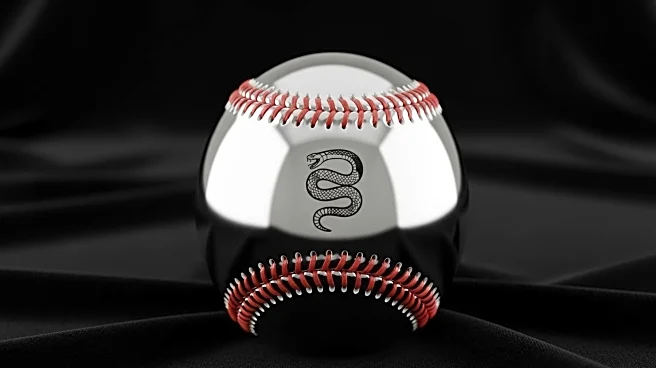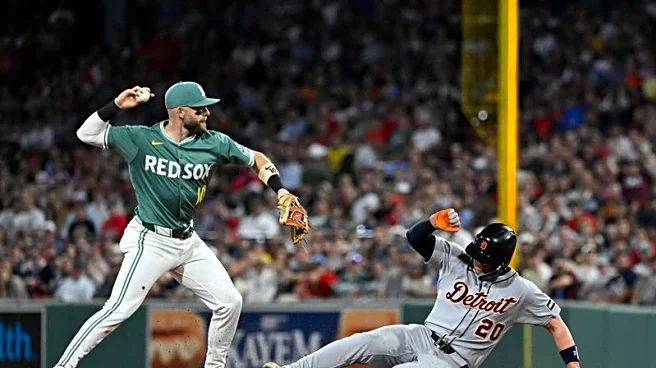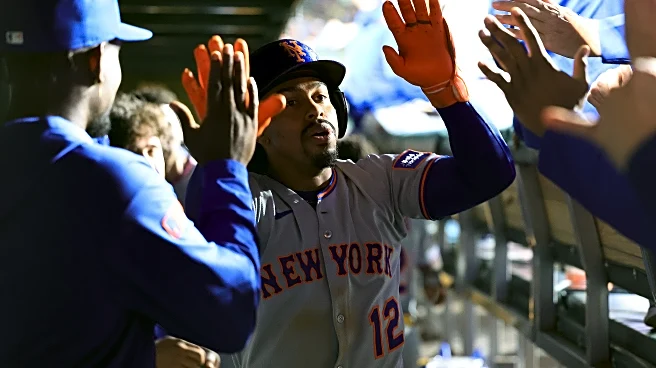Over the next few weeks at Camden Chat, we’ll be evaluating the 2025 seasons for many of the most prominent players on the 2025 Orioles — the good, the bad, and the ugly. Spoiler alert: it’s mostly bad and ugly.
There’s no better place to begin than with the Orioles’ Opening Day starter, Zach Eflin, whose self-destruction after a successful 2024 season mirrored that of his team’s. Miscast as the Birds’ ace, Eflin muddled through an ineffective, injury-riddled season that was likely his last as an Oriole.
It’s a stark decline from a year ago at this time, when Eflin was taking the mound for the Orioles in Game 2 of the Wild Card series against the Royals last Oct. 2. He was the clear-cut choice to follow Corbin Burnes in the playoff rotation, considering his stupendous performance after the O’s acquired him at the 2024 trade deadline. Eflin posted an outstanding 2.60 ERA in nine outings, all but two of which were quality starts. The Orioles probably would have been happy if he’d merely continued the league-average pitching performance he’d shown with the Rays, but he instead emerged as one of the best acquisitions made by any team at the deadline.
Eflin’s breakout, though, was a bit of a double-edged sword. While he certainly gave the 2024 team a boost, he might have unrealistically raised the Orioles’ expectations for him as they built their 2025 roster. Last offseason, the O’s lost their ace, Burnes, in free agency to his home state of Arizona, and then they just…didn’t replace him. While the division rival Yankees signed high-profile free agent Max Fried to an eight-year deal and the Red Sox acquired All-Star Garrett Crochet to lead their rotation, the Orioles were all, “Nothing for us, thanks.” They added a couple of back-end starters in Charlie Morton and Tomoyuki Sugano, but didn’t land a top-shelf pitcher, perhaps out of the pie-in-the-sky belief that Eflin could ascend into that role.
That thought process proved to be a grievous mistake, one of many that defined this disastrous 2025 season. Named as the Orioles’ Opening Day starter, Eflin began his season well enough — with three straight quality starts — before it all went awry. In his third outing, a win over the Diamondbacks, Eflin left the game early with an injury, later diagnosed as a right lat strain. The O’s placed him on the 15-day injured list and he missed more than a month, throwing the Orioles’ already injury-depleted rotation into further chaos.
The Orioles’ season spun out of control during Eflin’s absence. By the time he returned May 11, the club was 10 games under .500, and his following start came the day after the O’s fired manager Brandon Hyde. Eflin did nothing to restore any good vibes, getting torched for eight runs and four dingers as the Orioles got swept by the lowly Nationals. He served up three more homers in his next start.
Just when it seemed Eflin might be starting to get his footing with three consecutive quality starts — including seven shutout frames against the White Sox — he blew up again. In his final three starts of June, he was tagged for 17 runs in nine innings against AL East opponents, then landed back on the IL with lower back discomfort. Again he returned after about a month, pitched poorly in two abbreviated starts in July, and headed straight back to the shelf with the same back discomfort. That last IL stint began July 31, the day of the trade deadline, and dashed any chance of the Orioles dealing Eflin during their fire sale of impending free agents.
Eflin never did throw another pitch in 2025. His season was finished after 14 starts, a 5.93 ERA, and a negative WAR (-0.4). Across the board, he was horrendous. He threw just 16 more innings than he did for the Orioles last season, but gave up 37 more hits and 31 (!) more earned runs. Eflin was particularly prone to the long ball, coughing up an alarming 18 roundtrippers in 71.1 IP, an average of 2.3 per nine. His 1.416 WHIP was the worst of his career, and his 6.3 K/9 was his lowest since 2017, his second major league season.
So what the heck happened that turned last year’s surprise ace into an unplayable train wreck? Well, perhaps Eflin was never fully healthy this year, as his three stints on the IL can attest. But when he was on the mound, he simply wasn’t fooling hitters. Eflin has a six-pitch repertoire and nearly all of them were hit hard. His primary pitch, the cutter, was laced for a .300 average and .660 SLG this year, up drastically from .214 and .345 in 2024. His other offerings were just as ineffective, if not more so. His four-seam fastball had a .367 AVG and .467 SLG against it. His sweeper: .344 and .656. And his curveball turned every opposing hitter into Ted Williams, with a .429 average and .857 SLG. Basically nothing except his changeup (.175, .316) was a useful pitch for Eflin this year.
The Orioles couldn’t have anticipated that Eflin would be quite this bad. Still, they should have had a better plan than to rely on Eflin (and Grayson Rodriguez, who ended up missing the entire season) as a top-of-the-rotation stud. Eflin, a 10-year veteran, has never pitched as well as he did for the Orioles in 2024. With a career ERA+ of 98, he’s essentially been a league-average hurler his whole career. Is that a guy who can help you win? Sure. Is he a guy to headline your rotation instead of a Burnes, Fried, or Crochet? Not so much, even if he were pitching at his usual level this year.
Eflin will become a free agent after the World Series, and he’ll likely have to settle for a short-term, make-good contract somewhere to prove he can be healthy and effective again. It’s possible that the Orioles could be interested; after all, they’ve seen the best of what Eflin can offer. But they’ve also seen the worst, and that could lead them to part ways with the 31-year-old right-hander. If the Orioles hope to build a better rotation in 2026, they’re going to need to set their sights a little bit higher.
